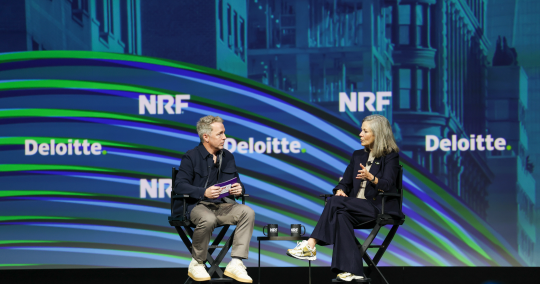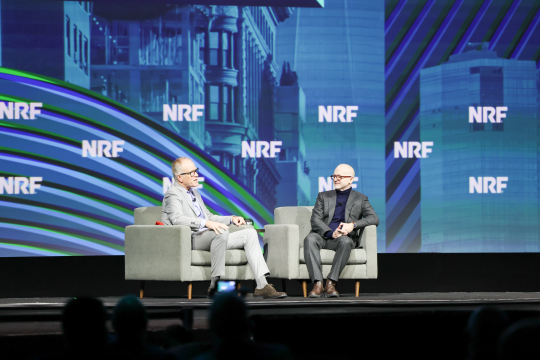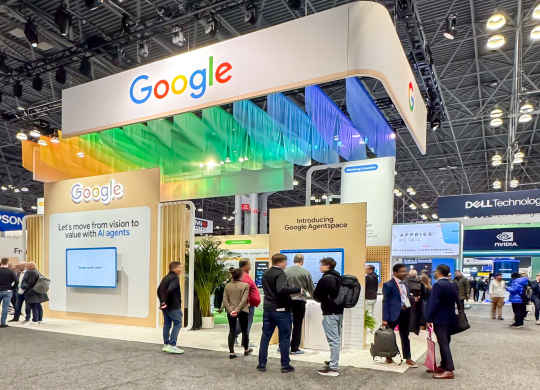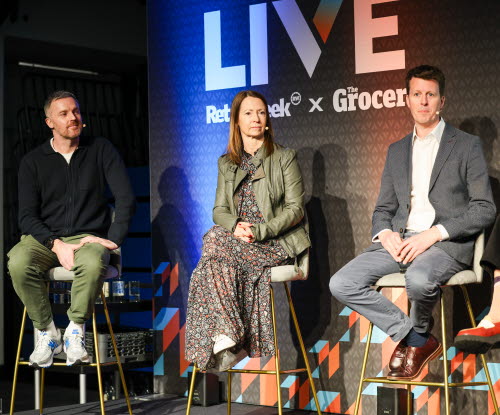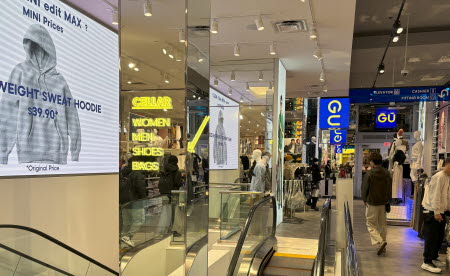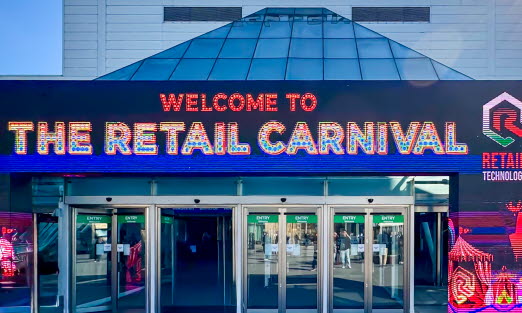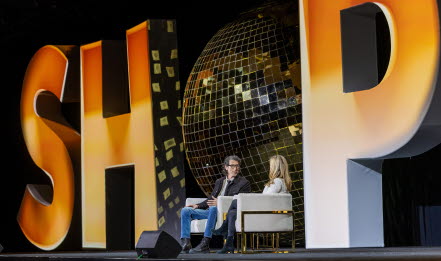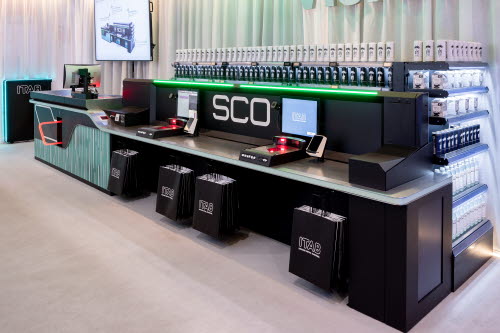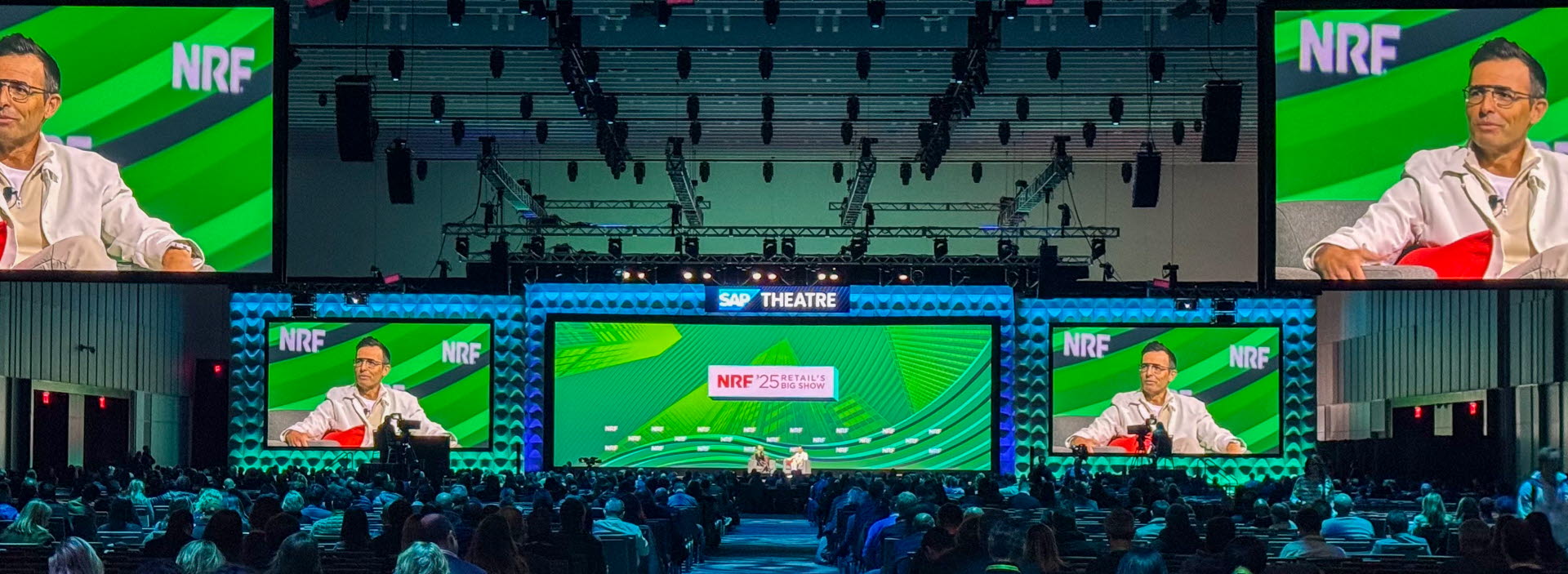
Key takeaways from NRF New York 2025
Our retail experts recently returned from NRF 2025: Retail’s Big Show at the Javits Centre in New York. Bringing together retailers, tech innovators and industry insiders, the event showcased how rapidly emerging technologies are reshaping commerce.
From AI-driven personalisation to cutting-edge store analytics, the focus was on practical solutions that address real-world challenges, including rising issues like theft and shrink. Below are our key observations from the sessions and show floor.
Key takeaways
A panel led by Forrester’s Brendan Witcher, with leaders from Qurate Retail Group, Tapestry and H&M, underscored that AI extends far beyond generative tools. Technologies such as computer vision, biometrics and ambient intelligence promise hyper-personalisation and smarter store operations. Used together, these capabilities can transform customer experiences in ways traditional AI chatbots cannot match.
Several brands explored bringing online-level data insights into physical stores. Computer vision can map how customers move through a shop and inform staff on real-time inventory. At the same time, advanced sensors can detect suspicious behaviour, helping reduce shrink and protect margins. This synergy between data-driven insights and security innovation is vital for omnichannel retailers.
Qurate Retail Group’s Karen Etzkorn revealed a strategy focussed on social, streaming and digital channels. AI analytics turn live content into short-form snippets for social platforms, driving engagement with minimal extra effort. The common thread throughout was using robust data to understand consumer preferences and deliver cohesive, personalised experiences across all touchpoints.
The new Innovators Showcase featured 50 high-impact start-ups and scale-ups. Demonstrations ranged from AI-enabled smart carts to frictionless checkouts, all aimed at streamlining the customer journey. Many solutions also tackled theft prevention—like computer vision systems designed to spot abnormal cart behaviour or unauthorised product scans.
Companies such as Purple Dot and Portless introduced pre-order and just-in-time fulfilment models, reducing costly waste and stockouts. By matching production more accurately to demand, retailers can minimise unsold inventory and optimise expenses. These improvements also free up resources to invest in in-store security measures, further combating shrink.
Retailers emphasised collaboration and agile infrastructures to keep pace with rapid technological change. Building strong partnerships, bolstered by data, allows organisations to experiment quickly while maintaining security and operational efficiency. It’s about staying ahead of consumer needs—and would-be shoplifters.
Conclusion
Our experts’ experience at NRF 2025 confirmed that retailers must evolve continuously. AI and sensor technologies are converging to create more personalised experiences, but also to tackle the growing threat of theft. By investing in forward-thinking commerce models, innovative security solutions and adaptive data strategies, retailers can future-proof their offerings—and protect their bottom line.
